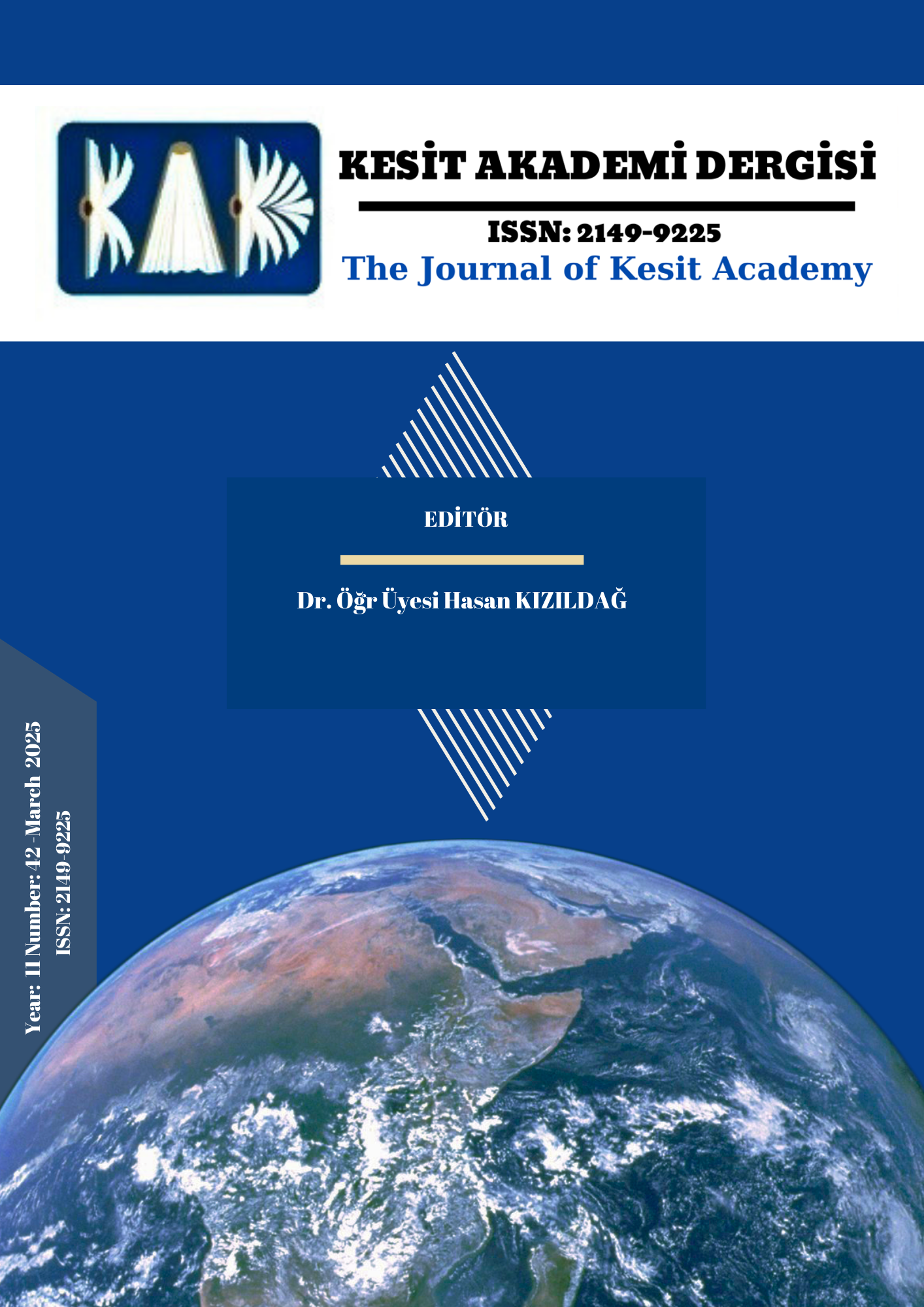6. Sınıf Öğrencilerinin Oran-Orantı Konuları ile İlgili Problem Çözme ve Kurma Becerilerinin İncelenmesi
Author :
Abstract
Bu araştırmada 6. sınıf öğrencilerinin oran orantı konusundaki problem çözme ve kurma becerilerinin incelenmesi amaçlanmıştır. Bu araştırmada nitel araştırma yöntemlerinden durum çalışması kullanılmıştır. Araştırmanın tamamında 46, 6. sınıf öğrencisi yer almış olup bunlardan 4 öğrenci ile klinik mülakatlar gerçekleştirilmiştir. 6. sınıf öğrencilerinin düzeyine uygun ve sınıf düzeyindeki kazanımları içerecek şekilde problem çözme ve kurma formları oluşturulmuş ve uygulanmıştır. Hazırlanan 6.sınıf problem çözme ve kurma formu 5 problemden oluşmaktadır. Uygulama bir ders saati sürmüştür. Belirlenen öğrencilerle formlarda yer alan problemler üzerinden klinik mülakatlar gerçekleştirilmiştir. Elde edilen veriler 5 aşamadan oluşan aşamalı puanlama ölçeği ile betimsel olarak analiz edilmiş ve frekans, yüzde değerlerini içeren tablolar ile sunulmuştur. Araştırma sonucunda, çalışmamıza katılan 6. sınıf öğrenciler problemin değerlendirilmesi aşamasında en düşük performansı gösterirken problemin anlaşılması aşamasında en yüksek başarıyı göstermişlerdir. Yapılan araştırma öğrencilerin büyük çoğunluğunun problem kurma aşamasında zorlandığını ve mantık hataları içeren problemler kurduğunu göstermektedir.
Keywords
Abstract
This study aimed to examine the problem solving and posing skills of 6th grade students on the subject of ratio and proportion. In this study, a case study was used, one of the qualitative research methods. The study included 46 6th grade students and clinical interviews were conducted with 4 of them. Problem solving and posing forms were created and implemented in a way that was appropriate for the level of 6th grade students and included the achievements at the class level. The prepared 6th grade problem solving and posing form consisted of 5 problems. The application lasted for one class hour. Clinical interviews were conducted with the determined students on the problems in the forms. The obtained data were analyzed descriptively with a gradual scoring scale consisting of 5 stages and presented with tables containing frequency and percentage values. As a result of the study, the 6th grade students who participated in our study showed the lowest performance in the evaluation of the problem stage and the highest success in the understanding of the problem stage. The study showed that the majority of the students had difficulty in the problem posing stage and posed problems containing logical errors.





